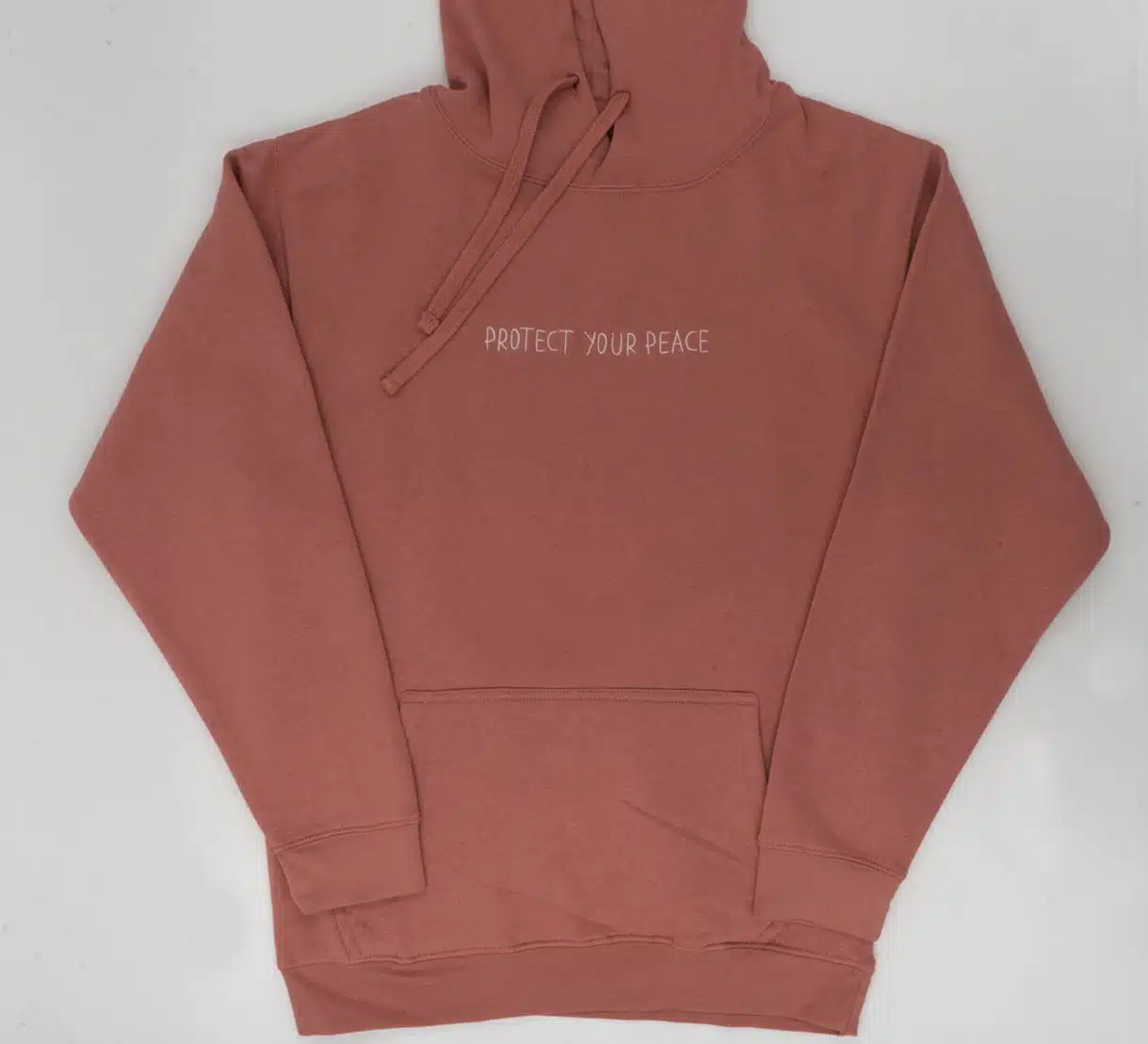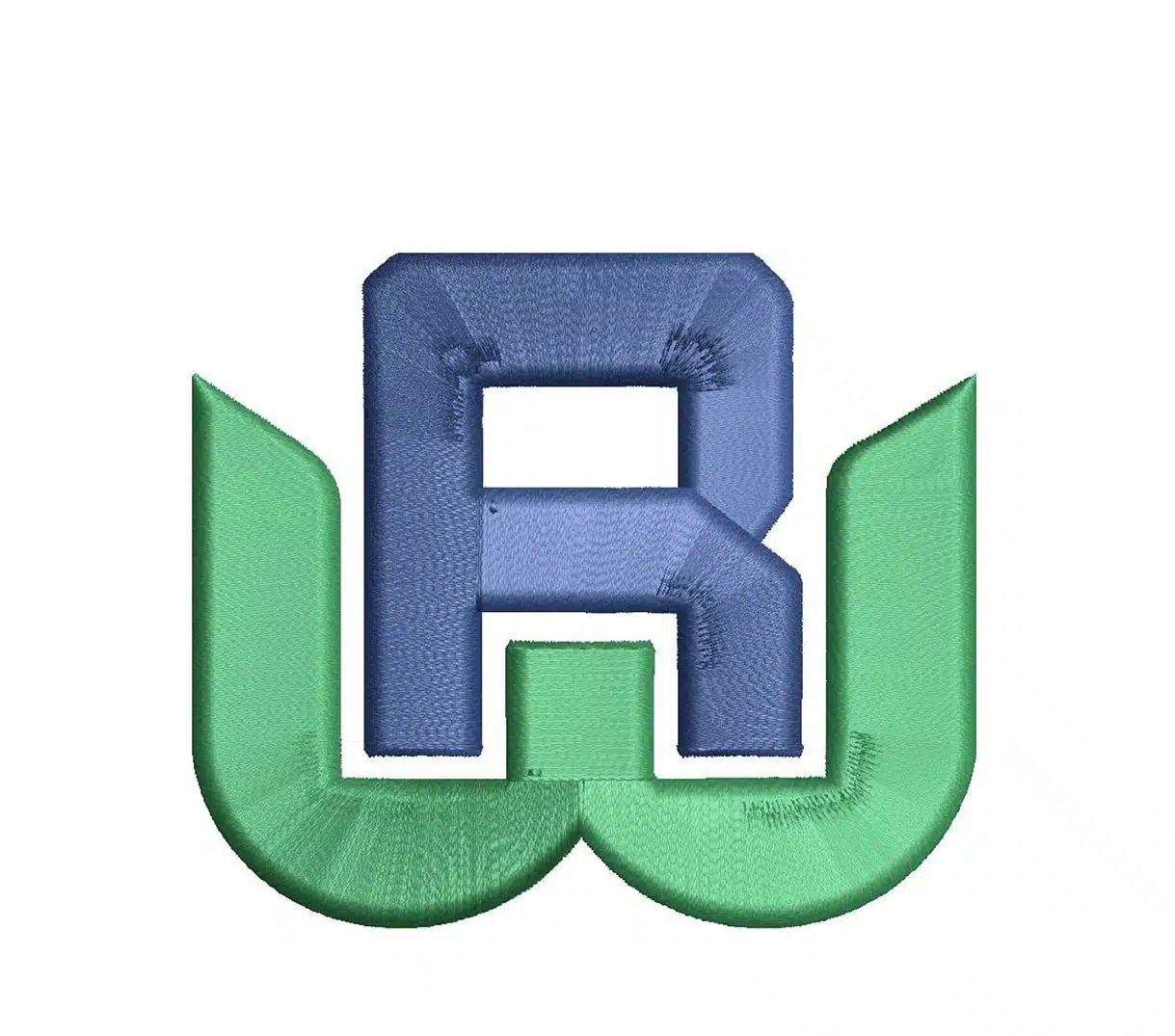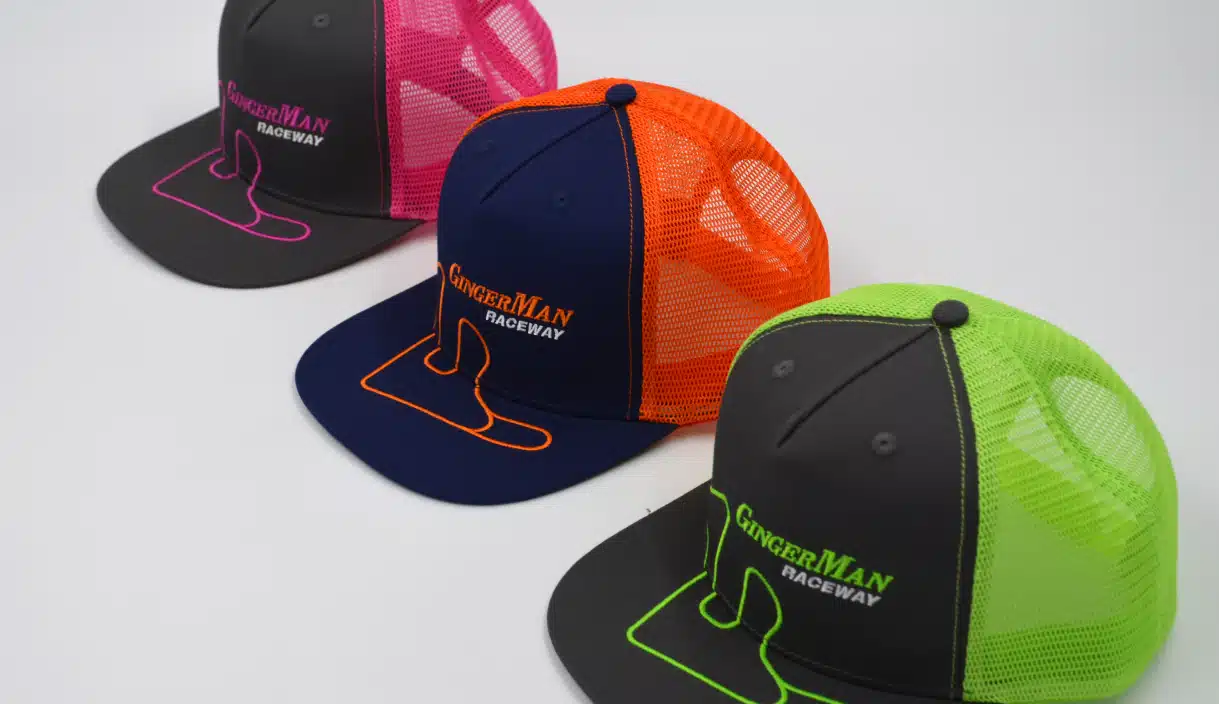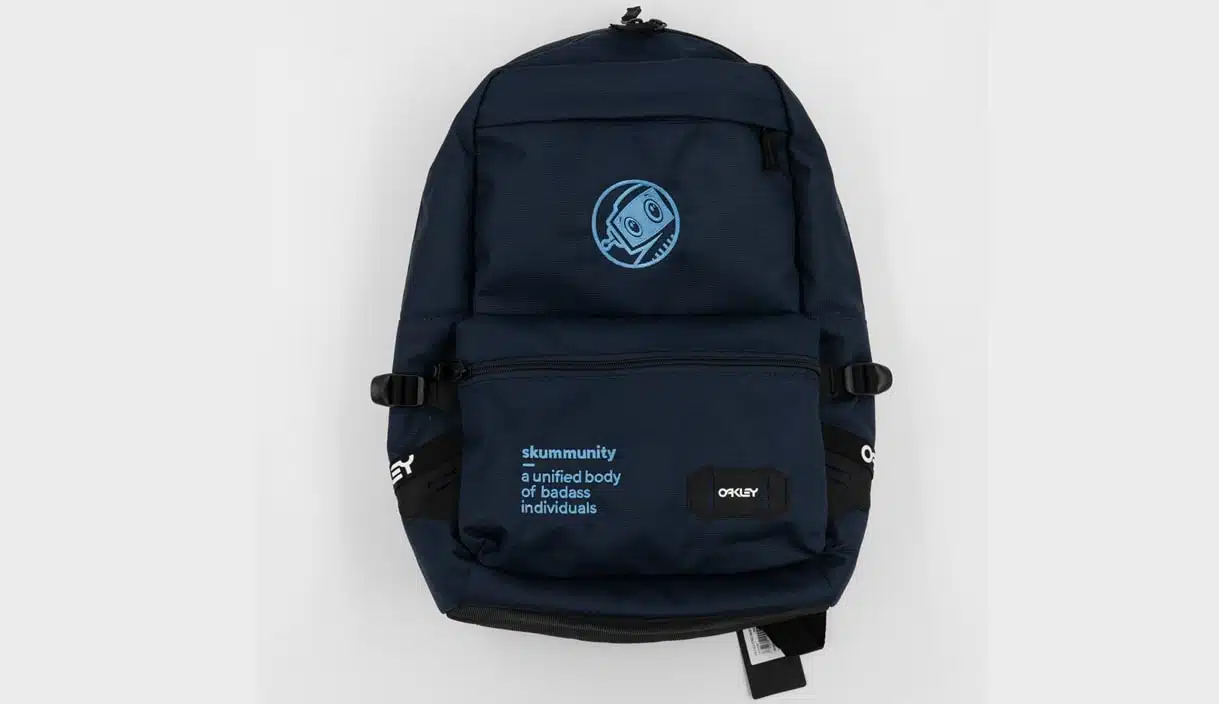Custom Embroidered Hoodies
April 8, 2024

Unlocking the Artistry of Custom Embroidered Hoodies
Embroidery, with its timeless allure and versatility, has emerged as a quintessential means of personal expression and brand representation. Custom embroidered hoodies, in particular, encapsulate the perfect blend of individuality, marketing prowess, and lasting quality. In this extensive exploration, we delve into every facet of custom embroidery, from its intrinsic appeal to the intricacies of design, production, and future trends.

The Appeal of Custom Embroidery
Custom embroidery holds a multifaceted appeal, serving both personal and commercial purposes:
Personalization and Uniqueness
Custom designs for individual expression: Embroidered hoodies offer a canvas for self-expression, allowing individuals to imbue their garments with personal narratives, passions, and aesthetics.
Creating one-of-a-kind pieces: Unlike mass-produced apparel, custom embroidered hoodies are crafted to reflect the unique tastes and preferences of their wearers, resulting in garments that stand apart as truly distinctive creations.
Branding and Marketing
Companies using embroidered hoodies for brand visibility: Businesses leverage custom embroidered hoodies as potent branding tools, ensuring visibility and recognition among target audiences in various settings.
Examples of successful marketing campaigns with custom hoodies: Numerous businesses have orchestrated successful marketing campaigns by distributing custom embroidered hoodies at events, trade shows, and promotional activities, enhancing brand recall and customer engagement.
Quality and Durability of Embroidery
Comparison with printed designs: Unlike printed designs, which may fade or peel over time, embroidery boasts unparalleled durability and longevity, ensuring that designs remain intact and vibrant through countless wears and washes.
Longevity and care of embroidered garments: With proper care, embroidered hoodies can withstand the test of time, retaining their aesthetic appeal and structural integrity for years. Following simple maintenance practices can prolong the lifespan of embroidered garments and safeguard their pristine condition.

Designing Your Custom Embroidered Hoodie
The process of designing custom embroidered hoodies entails thoughtful consideration of materials, design elements, and artwork:
Choosing the Right Hoodie
Material considerations: cotton vs. blends: The choice of hoodie material significantly impacts its comfort, durability, and embroidery suitability. While cotton offers breathability and softness, blends may provide enhanced durability and color retention.
Color selection and its impact on embroidery visibility: Optimal color selection is crucial for ensuring the visibility and aesthetic appeal of embroidery. Contrasting thread colors against hoodie hues can amplify design visibility and make embroidered motifs pop.
Design Elements for Embroidery
Size and placement of designs: Strategic placement and sizing of embroidery are pivotal for achieving visual balance and impact. Consider the garment’s anatomy and wearer’s preferences when determining placement areas and design dimensions.
Choosing colors for your embroidery thread:Harmonizing thread colors with design elements and hoodie hues is essential for creating cohesive and visually appealing embroidery. Experimenting with color palettes can unlock creative possibilities and elevate design aesthetics.
Creating or Selecting Your Design
Tips for designing your artwork: When designing artwork for embroidery, simplicity and clarity are paramount. Streamlining designs and opting for bold shapes and lines can enhance legibility and translation onto fabric.
Using professional design services: Enlisting the expertise of professional designers or embroidery services can streamline the design process and ensure the realization of your vision with precision and finesse.

The Embroidery Process
Embroidery involves meticulous stages, from design inception to final execution:
Overview of the Embroidery Process
From design approval to finished product: The embroidery process commences with design approval, followed by digitization to convert artwork into a machine-readable format. Once digitized, the design is programmed into embroidery machines, which meticulously stitch the motif onto hoodies.
Understanding digitization of designs: Digitization is a critical step in the embroidery process, involving the conversion of artwork into stitch data. Skilled digitizers meticulously map out each stitch, ensuring optimal clarity, density, and texture in the final embroidery.
Machinery and Technology
Types of embroidery machines used: Embroidery machines come in various configurations, ranging from single-head machines for small-scale projects to multi-head and industrial machines for high-volume production. Each machine type offers distinct capabilities and efficiencies, catering to diverse production requirements.
The role of technology in custom embroidery: Technological advancements have revolutionized the embroidery industry, facilitating faster production speeds, enhanced design flexibility, and superior quality control. Computerized embroidery software empowers designers to create intricate designs with precision and efficiency, while automated machinery streamlines production workflows.
Quality Control
Ensuring consistency and quality in production: Quality control measures are integral to maintaining embroidery standards and ensuring customer satisfaction. Through rigorous inspection protocols, manufacturers identify and rectify any deviations or defects in embroidery, safeguarding product integrity and brand reputation.
Handling corrections and adjustments: In instances where errors or imperfections arise during production, prompt corrective action is essential to uphold quality standards. Manufacturers employ skilled artisans to address discrepancies and execute adjustments with precision and care, ensuring the seamless execution of embroidery.
Cost Considerations
Understanding cost dynamics is crucial for budgeting and decision-making in custom embroidery projects:
Factors Influencing Price
Complexity of design: Intricate designs with fine details and multiple colors may entail higher production costs due to increased stitch count and machine time.
Quantity of hoodies ordered: Economies of scale apply in custom embroidery, with larger order volumes typically yielding lower unit costs. Bulk orders enable manufacturers to optimize production efficiencies and pass on cost savings to customers.
Type of hoodie material: The cost of the hoodie itself, along with its composition and features, can influence overall project costs. Premium materials and specialized features may command higher price points compared to standard options.
Budgeting for Your Project
How to estimate costs: Requesting quotes from embroidery services based on your design specifications and order volume can provide insight into project costs. Consider additional expenses such as digitization fees, setup charges, and shipping costs when budgeting for your project.
Tips for saving money without sacrificing quality: Simplifying design elements, opting for standard thread colors, and selecting cost-effective hoodie styles can help mitigate project costs without compromising quality. Additionally, exploring bulk discounts and promotional offers from embroidery services can yield significant cost savings.
The Ordering Process
Step-by-step guide from inquiry to delivery: The ordering process typically begins with an initial consultation or inquiry, during which you discuss your design specifications, budget, and timeline with the embroidery service. Following design approval, production commences, culminating in the delivery of finished hoodies.
Communicating effectively with your provider: Clear and open communication is paramount throughout the ordering process to ensure that expectations are aligned and requirements are met. Providing comprehensive design briefs and promptly addressing any queries or concerns can facilitate a smooth and successful collaboration.
Care and Maintenance of Embroidered Hoodies
Proper care and maintenance are essential for preserving the quality and longevity of custom embroidered hoodies:
Washing and Drying Tips
Best practices to maintain the quality of the embroidery: Turn the hoodie inside out before washing to protect the embroidery from friction and agitation. Use a gentle cycle with cold water and mild detergent to prevent color fading and thread damage. Avoid bleach and fabric softeners, as they can degrade the embroidery and fabric fibers.
Avoiding common mistakes that could damage the garment: Refrain from wringing or twisting the hoodie, as this can distort the embroidery and cause stretching. Instead, gently squeeze out excess water and air-dry the garment on a flat surface to prevent misshaping. Avoid tumble drying, as high heat can compromise the integrity of the embroidery and fabric.
Repairing Embroidered Designs
Addressing minor issues promptly can prevent further damage and prolong the lifespan of embroidered hoodies:
DIY fixes for minor issues: Use a needle and thread to secure loose threads or stitches, ensuring that the embroidery remains intact and pristine. For small snags or tears, carefully stitch the fabric back together using a matching thread color to conceal the repair.
When to seek professional help: For significant damage or intricate repairs, consult a professional embroidery service or tailor with expertise in garment repair. They can assess the extent of the damage and implement specialized techniques to restore the embroidery to its original condition.
Trends and Future Directions
Embroidery trends continue to evolve, driven by technological advancements and shifting consumer preferences:
Latest Trends in Custom Embroidery
Innovations in embroidery designs and techniques: From three-dimensional embroidery to metallic threads and textured embellishments, contemporary embroidery trends push the boundaries of creativity and craftsmanship. Experimentation with unconventional materials and techniques results in striking and avant-garde designs.
Emerging trends in hoodie styles and materials: Hybrid hoodie designs that combine elements of traditional hoodies with elevated materials and silhouettes are gaining popularity. Sustainable and eco-friendly materials, such as organic cotton and recycled fibers, are also increasingly favored by environmentally conscious consumers.
The Future of Custom Embroidery
Predictions about the trajectory of custom embroidery point towards technological integration and sustainability:
Predictions about technology and fashion influences: Advancements in machine learning and artificial intelligence are poised to revolutionize the embroidery industry, enabling predictive design algorithms and automated production processes. Virtual and augmented reality technologies may also offer immersive design experiences and virtual try-on capabilities for customers.
Sustainability in custom apparel production: With growing awareness of environmental issues, there is a rising demand for sustainable and ethically sourced custom apparel. Manufacturers are exploring eco-friendly materials, water-saving dyeing techniques, and zero-waste production methods to minimize environmental impact and meet consumer expectations.
In conclusion, custom embroidered hoodies epitomize the fusion of artistry, functionality, and branding, offering a versatile platform for self-expression, promotion, and quality craftsmanship. By understanding the intricacies of design, production, and care, individuals and businesses can harness the full potential of custom embroidery to create enduring and impactful garments. As the embroidery landscape continues to evolve, embracing innovation and sustainability will be key to shaping the future of this timeless craft.



